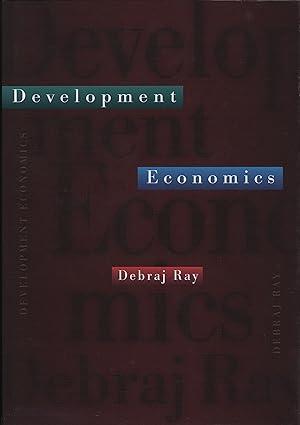Consider a monopolist lender who lends to borrowers on a repeated basis. The loans are informal and
Question:
Consider a monopolist lender who lends to borrowers on a repeated basis. The loans are informal and are not backed up by written contracts. The lender has no way to recover a loan if the borrower chooses to default. The lender, however, threatens to cut off credit in the future to any defaulting borrower. Borrowers discount the next period’s earnings by a discount factor of 0.5 (see Appendix 1 on game theory at the end of the book for a discussion of this concept).
Borrowers use the loan in cultivation. Cultivation can be done using one of two techniques. The first requires initial working capital of $100 and produces net output worth $300. The second requires $500 of working capital and yields net output of $1,000. Find the amount of loan the lender will advance to each borrower every period in order to maximize his own profits. How much is the scheduled repayment and the implicit interest rate? What are these profits? How much does the borrower earn every period from the deal?
Introduce a new factor into this scenario. Suppose the lender can keep some of the borrower’s assets (like jewelry) as collateral, which he will seize in the case of default. The present value of the asset to the borrower is $300. Recalculate the optimal loan, repayment amount, implicit interest, and profits in this case. Compare the two cases and summarize the effect of collateralization on the other terms of the loan. Does it increase or decrease the welfare of the borrower and the lender?
Step by Step Answer:






